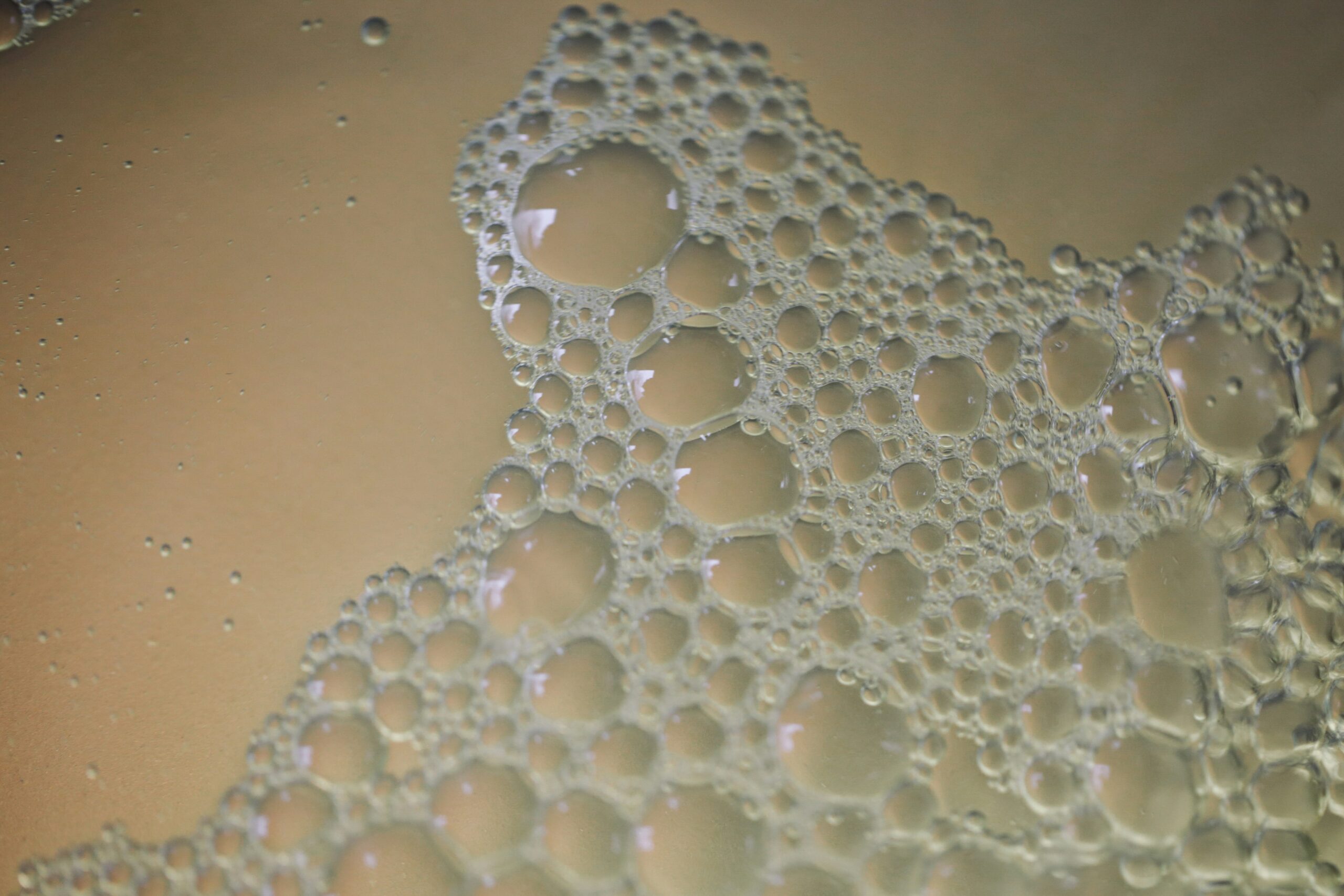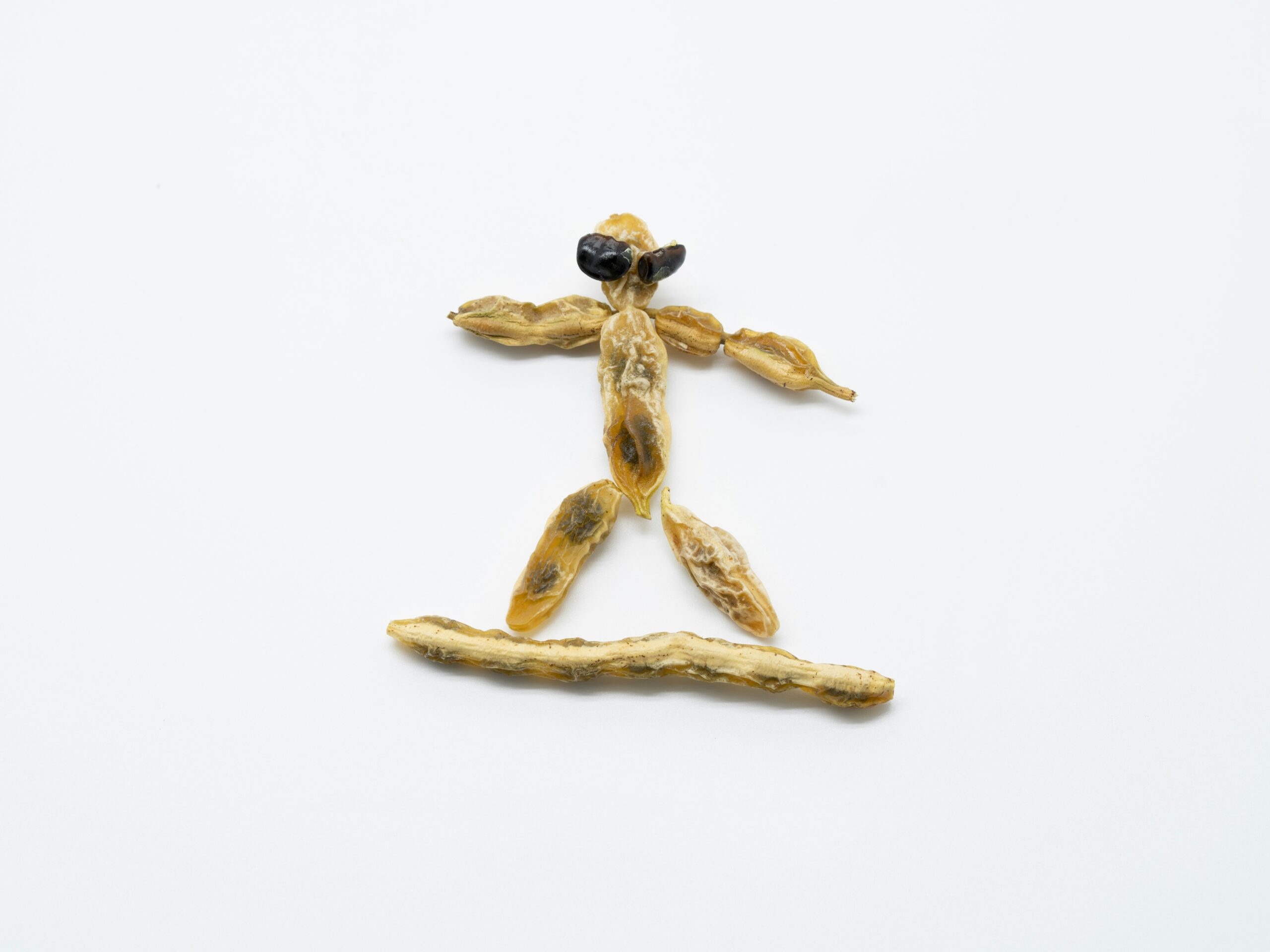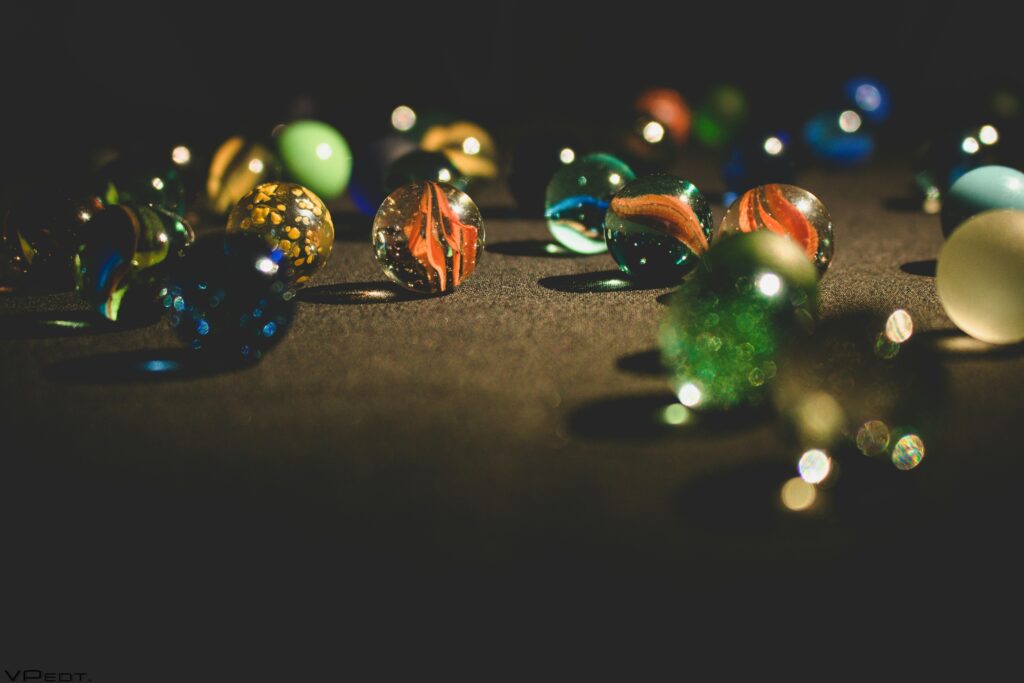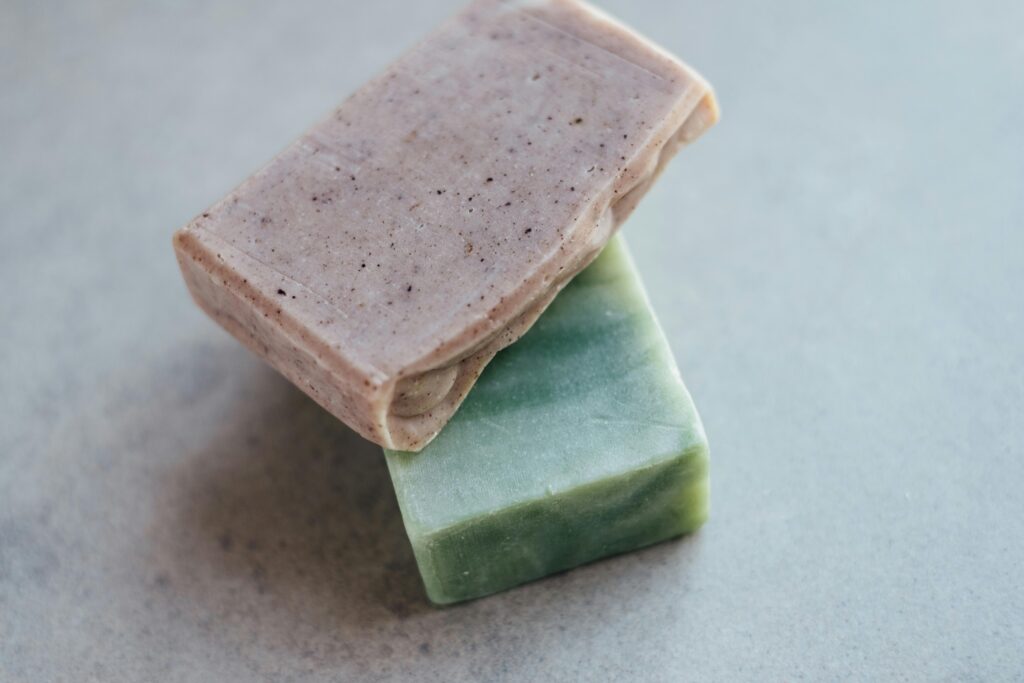“Ever watched your pup prance around with a slobbery glass toy, only to later find it mildewed because it wouldn’t dry properly? We feel you.”
Pet parents who cherish the aesthetic appeal and durability of glass toys face one major hurdle: moisture retention. With their non-porous material, glass pet toys require proper drying techniques to stay clean and safe. In this guide, we’ll dive into Quick-Dry Techniques for glass toys while balancing fun and hygiene. Here’s what you’ll learn:
- Why quick-drying is essential for pet health.
- A step-by-step guide to drying glass toys effectively.
- Top tips and tools that make drying effortless.
- Real-life examples from pet owners who’ve nailed it.
Table of Contents
- Key Takeaways
- Why Quick-Dry Matters
- Step-by-Step Guide to Quick-Drying Glass Toys
- Tips and Best Practices
- Real-Life Examples
- FAQs
- Conclusion
Key Takeaways
- Moisture left on glass toys can lead to bacterial growth and bad odors.
- Effective airflow and proper cleaning can significantly speed up drying time.
- Using absorbent materials like microfiber cloths boosts efficiency.
Why Quick-Dry Matters
Imagine this: You buy an elegant glass chew toy for your dog—smooth edges, perfect size—and within days, it smells funky. Why? Because you didn’t dry it thoroughly after washing. Yikes.
Glass toys are great—they’re easy to sanitize and look stylish—but they retain water if not dried correctly. This creates a breeding ground for bacteria, which isn’t just gross but potentially harmful to your furry friend’s health.

Rant Section Alert! Nothing drives me crazier than seeing people toss a wet glass toy back into the toy bin. Are you trying to turn your living room into a science experiment? It’s chef’s kiss annoying.
Step-by-Step Guide to Quick-Drying Glass Toys
Now let’s break down how to keep those shiny glass treasures as pristine as the day you bought them.
Step 1: Clean Thoroughly First
No shortcuts here—you MUST wash the toy before drying. Use warm, soapy water (pet-safe detergent recommended) and scrub gently to remove saliva and debris.
Step 2: Shake Off Excess Water
Hold the toy over the sink and give it a good shake. The goal is to get rid of as much surface water as possible before moving to the next step. No fancy tools needed—just channel your inner rockstar air guitarist.
Step 3: Pat Dry with a Microfiber Cloth
This part sounds simple, but trust me—it makes ALL the difference. Microfiber is absorbent and won’t leave lint behind. Wipe every nook and cranny until the toy feels almost dry to the touch.
Step 4: Air Dry Strategically
Position the toy upright on a drying rack or dish stand near a fan or open window. Proper airflow speeds up evaporation. Bonus points if you place it in sunlight, which doubles as a natural sterilizer.
Grumpy Optimist Dialogue:
Optimist You: *“Follow these steps! Your glass toys will be squeaky clean.”*
Grumpy You: *“Ugh, fine—but don’t blame me when Fido chews through something else instead.”*
Tips and Best Practices
Let’s level up your quick-drying game with some pro tips:
- Invest in a Multi-Surface Mat: Silicone or rubber mats have raised grooves that allow water to drain away easily. Perfect for drying small glass toys.
- Avoid Terrible Tip #1 – Leaving Toys Outside Overnight: Yes, outdoor drying works… until dew forms and ruins everything. Don’t do this unless you want mold city.
- Use Hairdryers Sparingly: While tempting, high heat can damage delicate finishes on certain glass toys. Stick to cool settings if you must.
- Store Smart: Once fully dry, store toys in ventilated containers rather than plastic bins to prevent trapped moisture.
Real-Life Examples
Lisa, a Golden Retriever owner from Colorado, struggled with soggy toys until she implemented a dedicated “toy drying station” in her laundry room. She uses a tiered wire rack paired with a standing fan for maximum airflow. Her verdict? “No more smelly surprises!”

Another success story comes from James, whose frenetic terrier loves jingling glass balls. He swears by his UV light sanitizer box, which dries toys while zapping germs—an absolute win-win.
FAQs
Q1: Can I use a dishwasher to clean and dry glass toys?
Yes, but only on low-heat cycles and without harsh detergents. Hand-drying post-dishwasher is still recommended.
Q2: How often should I dry my pet’s toys?
Ideally, after EACH play session. Bacteria multiply quickly, especially in humid environments.
Q3: What’s the best way to test if a toy is completely dry?
Run your fingers along the surface. If it feels slightly cool or damp, continue air drying. Trust me; your nose will thank you later.
Conclusion
Mastering Quick-Dry Techniques ensures your pet’s glass toys remain both beautiful and hygienic. By following our step-by-step guide, implementing smart storage solutions, and avoiding rookie mistakes, you’re setting yourself (and Fido) up for success.
Like a Tamagotchi, your SEO needs daily care. And remember, happy pets start with happy parents. Cheers!
Dry them well, keep joy alive,
Paws love cleanliness.


